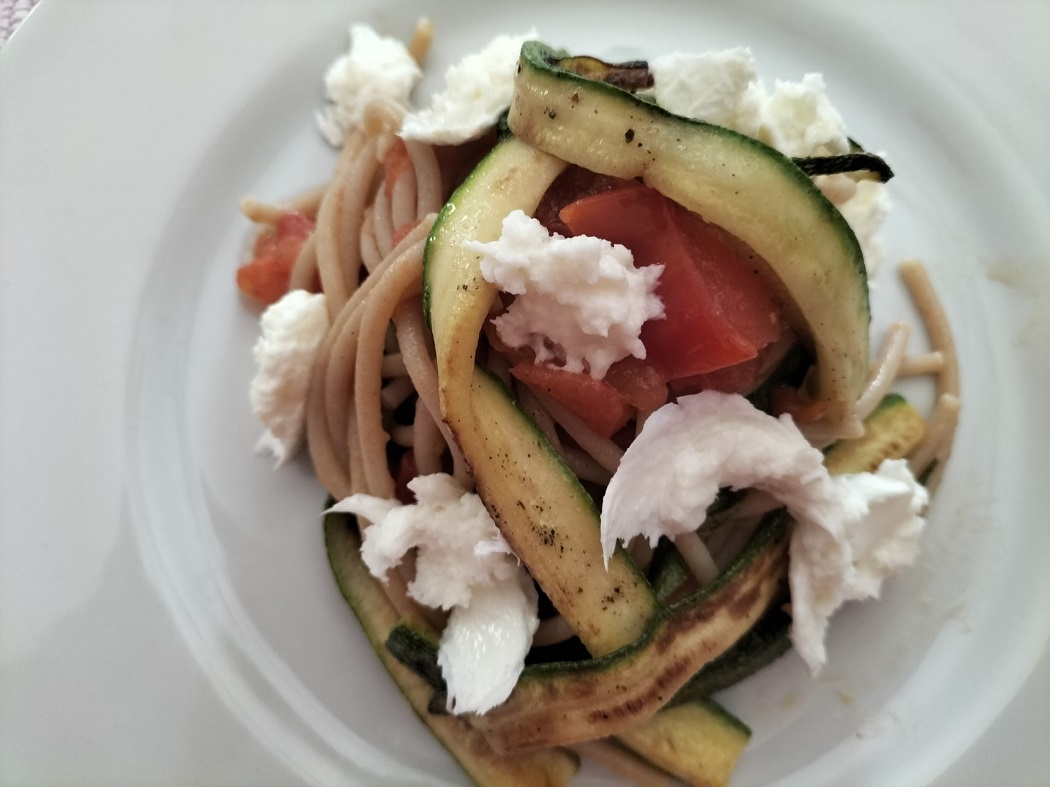When our teacher entered the class and asked us which dish, in our opinion, could best tell the story of our town, in chorus we answered “cannoli”.
A delicious and truly unique dessert in shape and taste and, certainly, one of the most popular Sicilian pastry specialties throughout Italy.
With the skilled guidance of our kind teacher of literature, we researched the history of this delicious pastry product. Imagine our surprise when we learned that its name is linked to the river reeds on which, until a few decades ago, the wafer was rolled during its preparation.
It is a dessert rich in history and already Marco Tullio Cicerone, in 70 BC. during one of his trips to Sicily, he was so enchanted that he defined it: “tube of flour filled with soft milk cream”. A cylinder made with flour, with a very sweet filling based on soft ricotta cream.
Over the centuries there have been many variations of recipes and there is still discussion about the true origin of cannoli as we know it today. In fact, there are several versions suspended between history and legend.

We certainly know that the Arabs were the first to sweeten ricotta to form an exquisite cream, the basis of Sicilian pastry, which the women of the Caltanissetta harem, the Arab Kalt el Nissa (castle of women), used in their cannoli. in the phallic form, as a "sweet" homage to their emir.
Some historians, on the other hand, argue that the cloistered nuns of the Convent of Santa Maria di Monte Oliveto in Palermo invented the cannolo, when at carnival, as a joke, they would fill a tub with ricotta cream and would replace the classic taps with cannoli. In fact, in Sicilian the word cannolo just means tap!
This dessert accompanied everyone's childhood as a conclusion to our Sunday lunches but it is also and above all the symbol of our Sicily. A land enriched by many ethnic, cultural and gastronomic mixtures linked to the various dominations that have influenced its treasures and flavours.
After having rediscovered its history, with our talented cooking teacher we tried our hand at its preparation.

Sicilian Cannoli Recipe
Ingredients for about 16 pieces
For the cannoli rind:
- 00 flour + a little for sprinkling 250 gr
- 1 level teaspoon of unsweetened cocoa powder
- granulated sugar 50 gr
- lard (alternatively soft butter) 30 gr
- 1 beaten egg (to use 1/2 for the dough and 1/2 for the cannoli closure)
- 1 glass of Marsala, about 60 gr
- A tablespoon of white wine vinegar
- Cinnamon powder
- A pinch of vanilla essence
- salt 3 gr
- Frying oil
For the cannoli filling:
- perfectly drained sheep ricotta 800 gr
- granulated sugar 300 gr
- dark chocolate chips 120 gr
To decorate:
- Powdered sugar
- Chopped pistachios
- Candied orange
- Chocolate chips
- Candied cherries
-
We started with the preparation of the cream. After having perfectly drained the fresh sheep ricotta, we transferred it to a container and mixed it with the granulated sugar. We then added dark chocolate flakes to the ricotta and left it to stand in the fridge for several hours.
Then we dedicated ourselves to the zest and to make it "as God commands", we made a dough based on flour, lard, sugar, wine vinegar, marsala, an egg and a small percentage of cocoa powder.
After letting it also stand in the fridge, we rolled out the dough to form a very thin sheet, cut it into squares which, when rolled up in aluminium cylinders, were fried.
Only when the waffles have cooled completely did we fill them with the classic ricotta cream.
The secret to enjoying a perfect Sicilian cannoli is to add ricotta when serving it to ensure that the wafer always remains crunchy and creates a pleasant contrast with the enveloping creaminess of the ricotta.
The last stage of preparation is the garnish which represents the most creative stage. In fact, you can choose between different variants: candied orange and / or candied cherry, or chopped pistachios. Finally, sprinkle the wafer with the icing sugar.
Eating a cannoli is truly magic!









Follow us